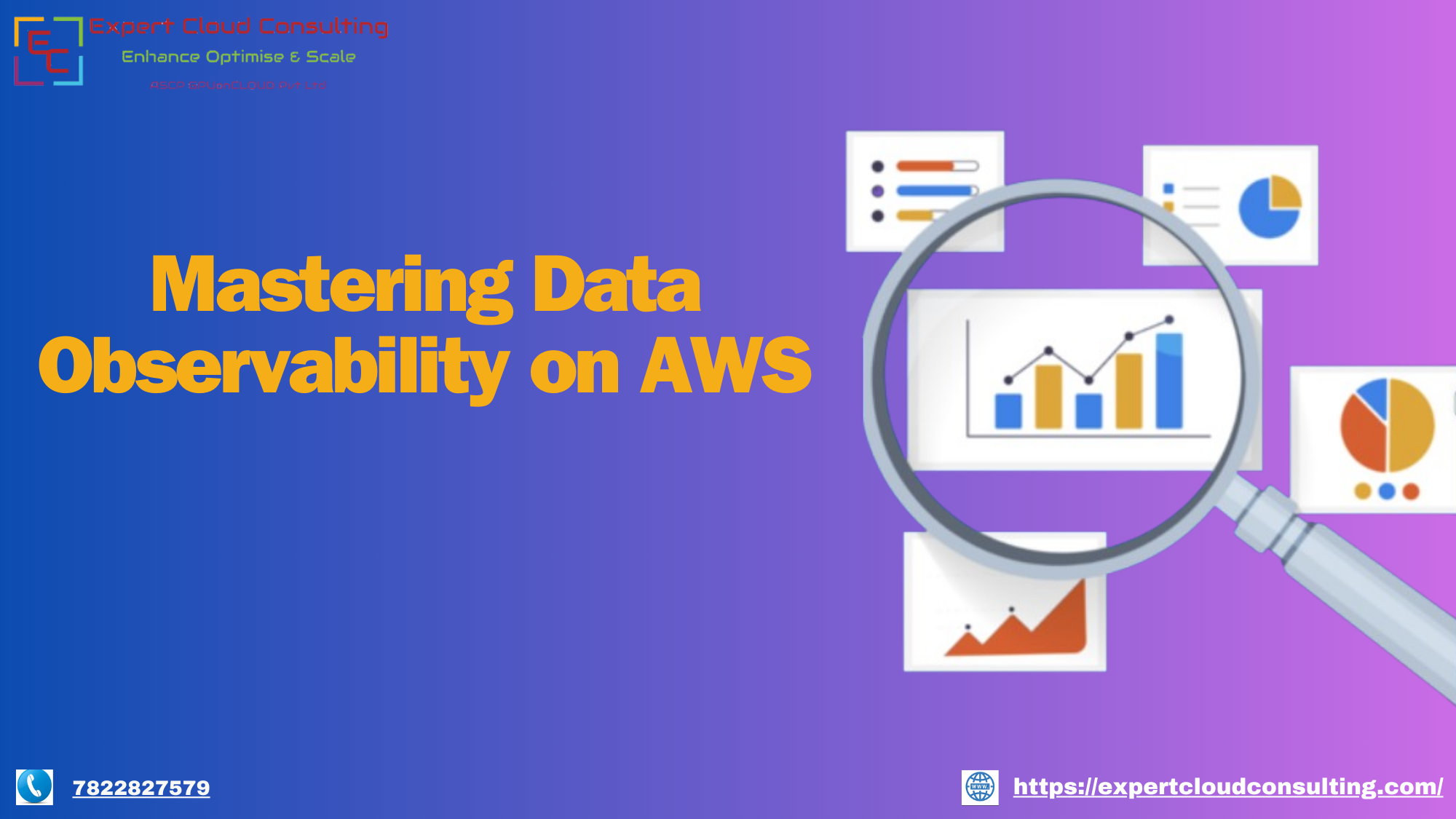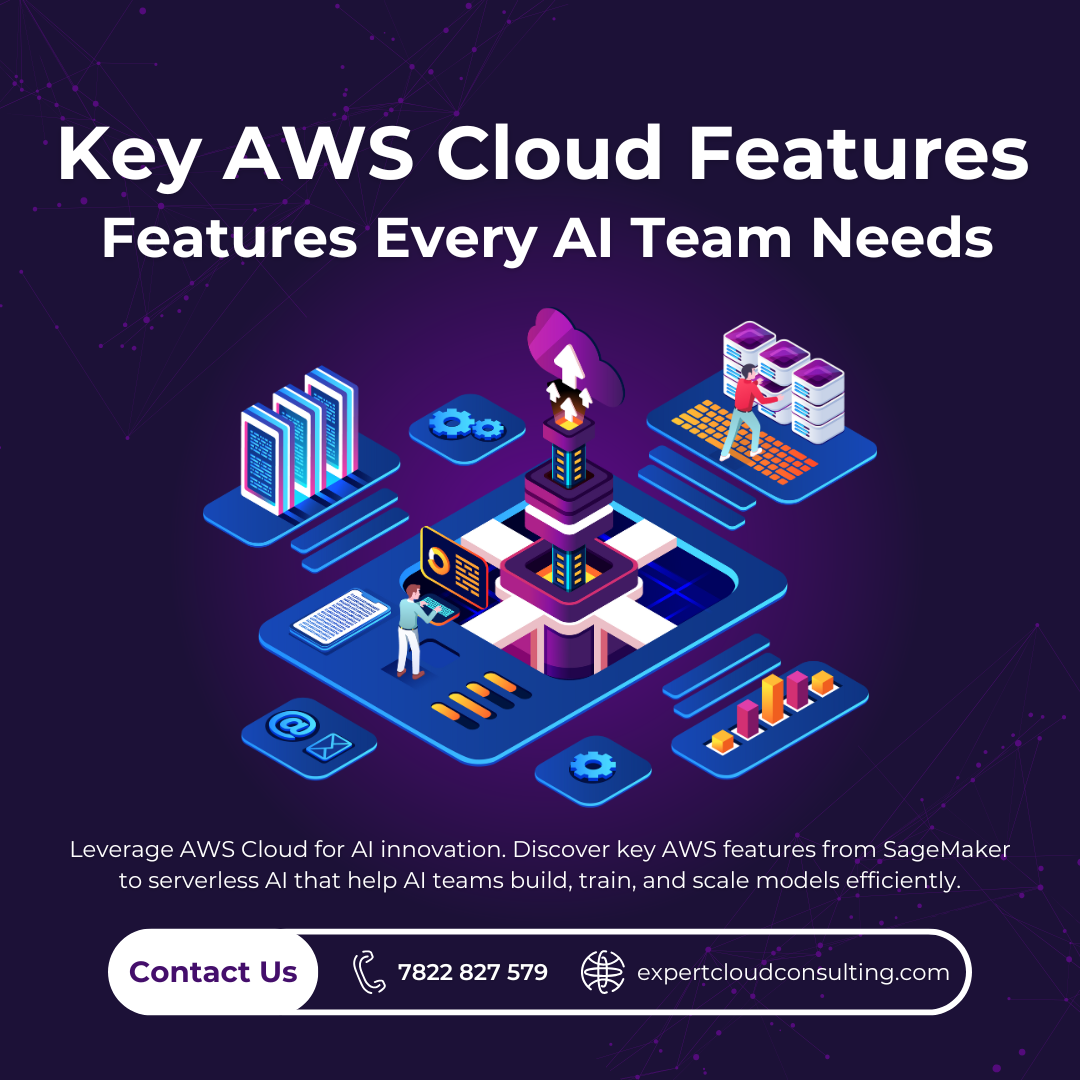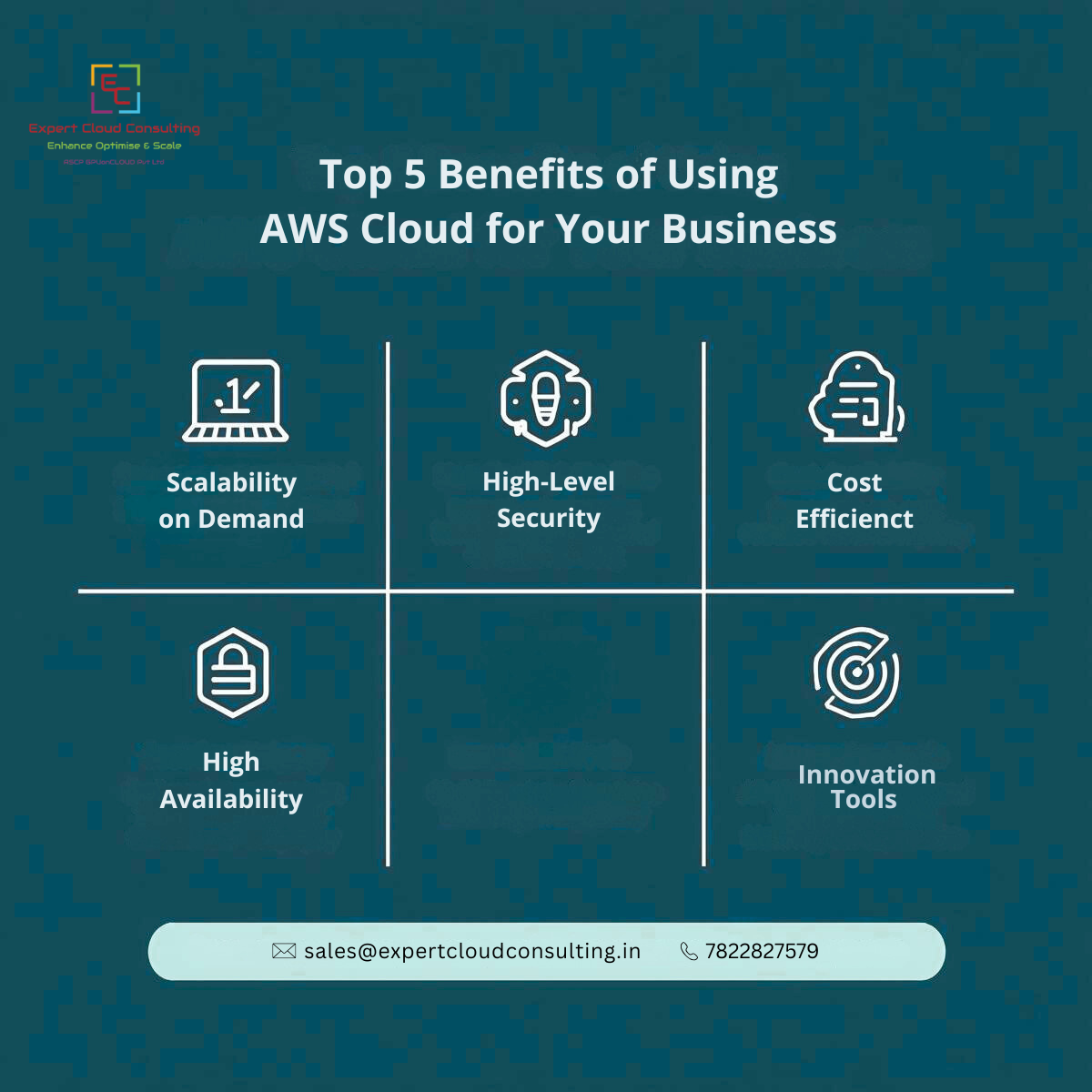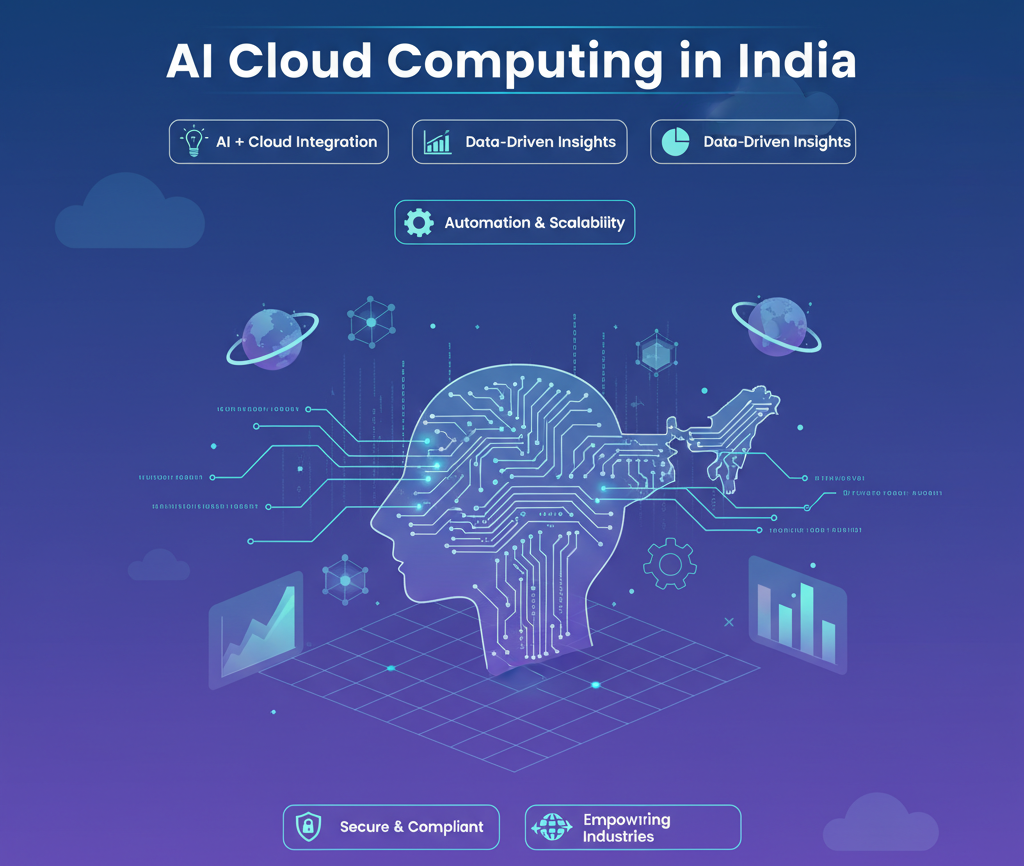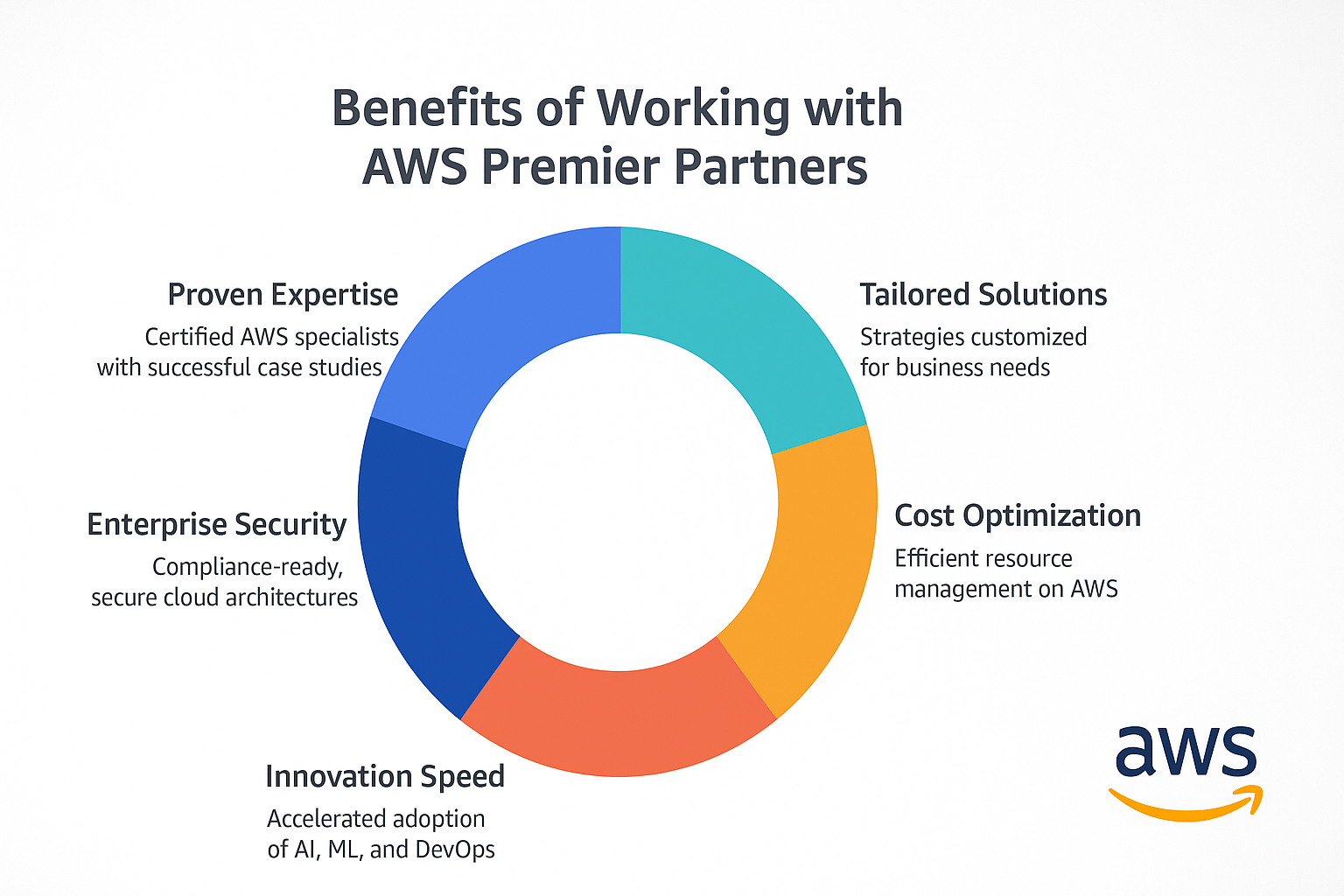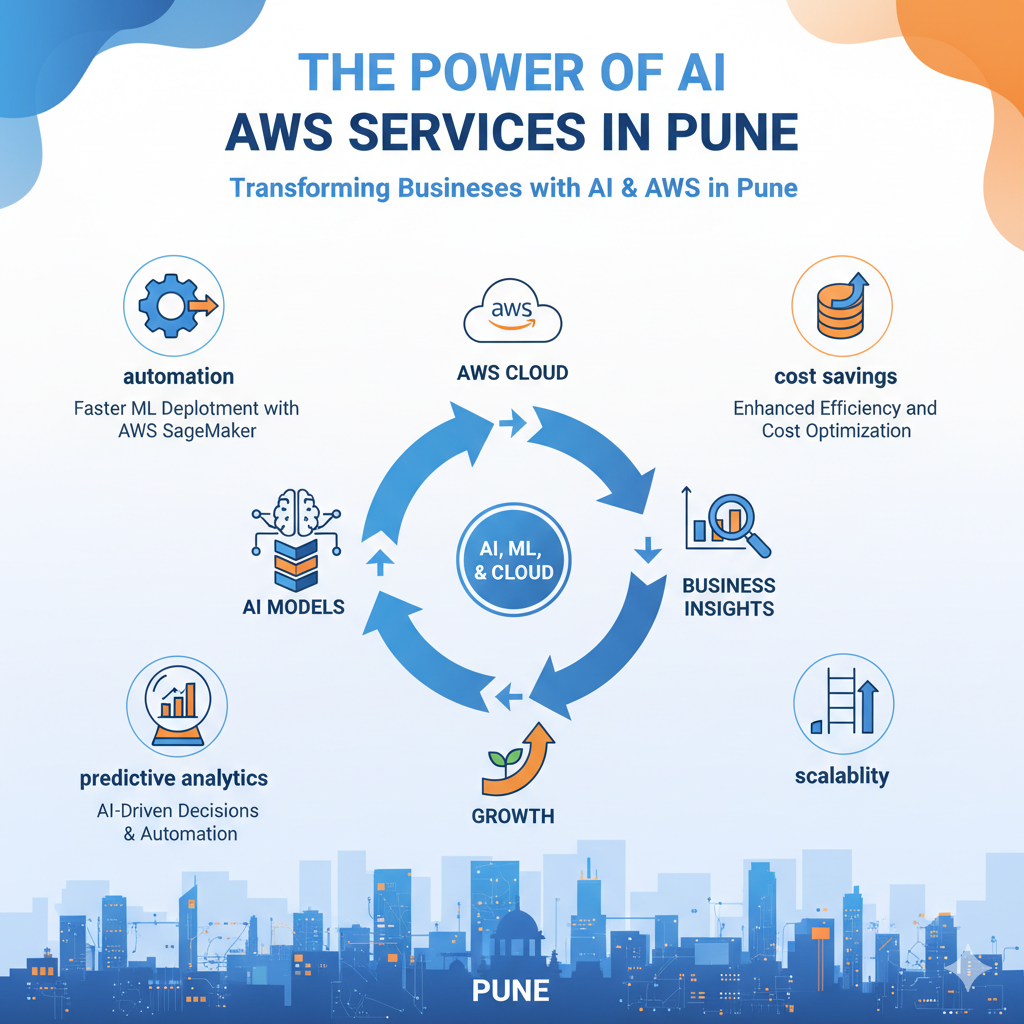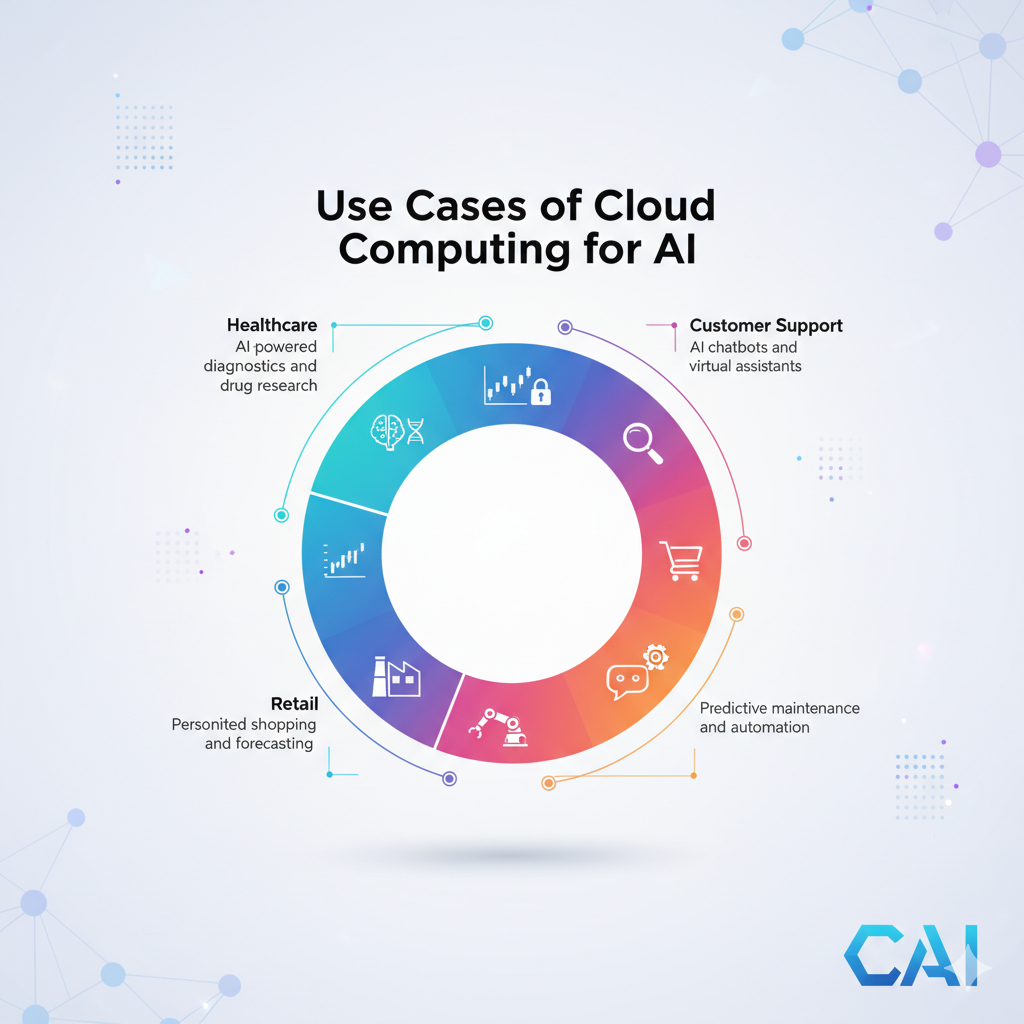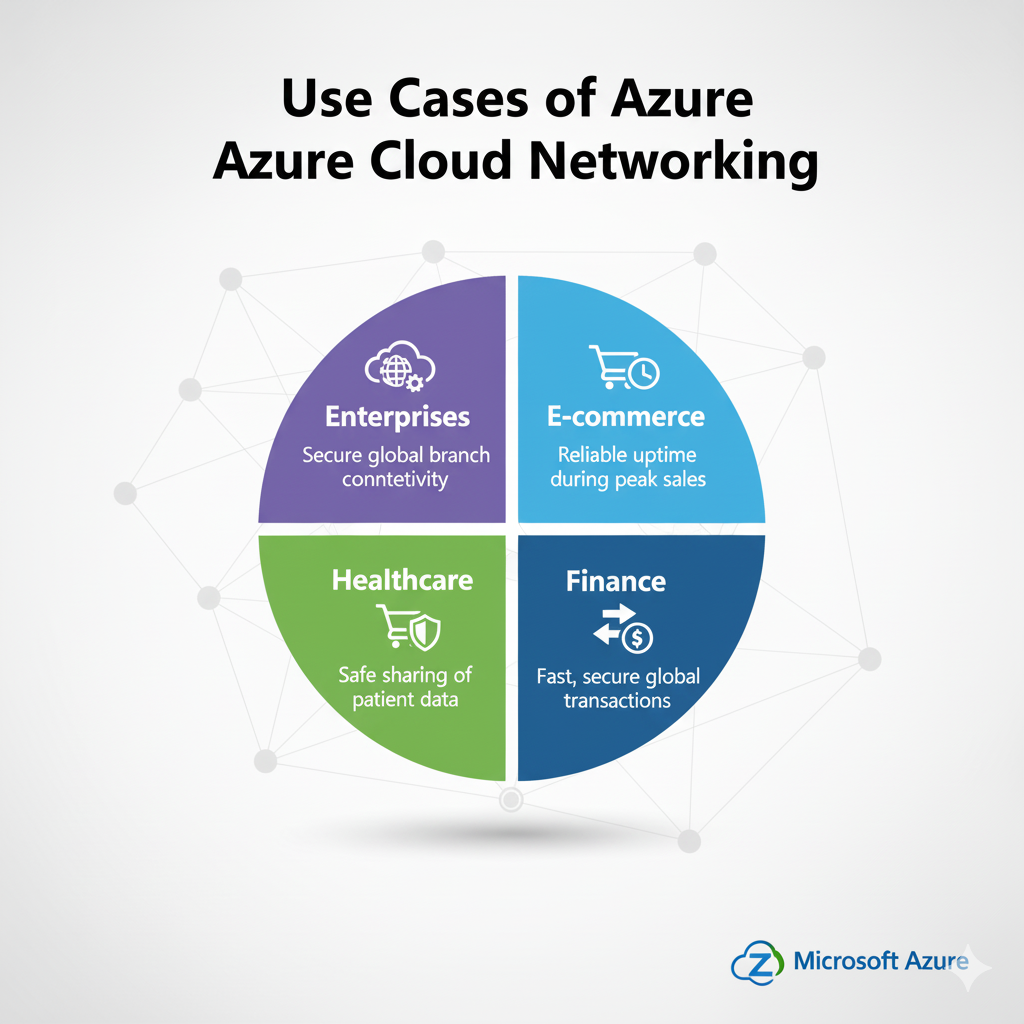Introduction
In the era of big data, organizations increasingly rely on vast amounts of information to make informed decisions, gain valuable insights, and drive innovation. However, the effectiveness of these endeavors is heavily dependent on the quality of the data being utilized. To address this critical aspect, data observability has emerged as a key practice, particularly on cloud platforms like Amazon Web Services (AWS). It helps organizations make business decisions, detect issues early, and optimize data workflows for better efficiency. Therefore, our initial task is to gain an understanding of data observability and its significance in the context of AWS. 📊
Understanding Data Observability 🧐
Data observability refers to the ability to measure, monitor, and ensure the quality and performance of data in real-time. It involves tracking the flow of data from source to destination, identifying anomalies, and ensuring that data is accurate, timely, and reliable. On AWS, which provides a robust and scalable infrastructure for data processing and storage, implementing data observability is essential for maintaining the integrity of your data.
Key Components of Data Observability on AWS 🛠️
Data Collection 📥:
AWS provides a plethora of data services, including Amazon S3 for storage, Amazon Redshift for data warehousing, and Amazon RDS for databases. Observability begins with the proper collection of data from these sources. Leverage AWS CloudWatch for collecting and tracking metrics, logs, and events from various AWS services.
Monitoring and Logging 🚨:
Set up AWS CloudWatch Alarms to proactively monitor key metrics and trigger alerts when predefined thresholds are breached. Utilize AWS CloudTrail for logging API calls, allowing for the tracking of user activity and changes made to AWS resources.
Data Quality and Integrity 🌐:
AWS Glue can be employed for data preparation and ETL (Extract, Transform, Load) processes, ensuring data quality before it is used for analytics. Implement AWS Data Pipeline to orchestrate and automate the movement and transformation of data across different AWS services.
AWS OpenSearch 🔍:
Incorporate AWS OpenSearch for enhanced search and analytics capabilities within your data observability strategy. With features like real-time indexing, robust querying, and support for diverse data types, AWS OpenSearch empowers businesses to derive valuable insights from their data.
Metadata Management 🗂️:
AWS provides services like AWS Glue Data Catalog for metadata management, allowing you to discover, catalog, and share metadata about your data assets.
Data Observability on AWS involves a comprehensive set of components and best practices to monitor, ensure quality, and optimize the performance of data pipelines and systems. Now, let's delve into the best practices. 🚀
Best Practices for Data Observability on AWS 🌟
Establishing Metrics for Data Quality 📏:
When dealing with datasets within the AWS environment, it becomes crucial to institute metrics for data quality, ensuring precision and dependability of information. Below are the steps for setting up data quality metrics on AWS:
Enable and Analyze OpenSearch Logs 📊:
Enable OpenSearch logs and store them in a centralized location, such as Amazon CloudWatch Logs or Amazon S3.
Configure log retention policies to manage log storage costs effectively.
Use tools like Amazon Elasticsearch Service's Kibana for log analysis and visualization.
Identify Pertinent Dimensions of Data Quality 🎯
Specify Measurable Metrics 📊
Alerting and Notification 🚨📩:
Alerting and notifications are important for ensuring data integrity and reliability. By setting up alerts and creating notification workflows, you can monitor your compute resources, big data, and data management processes.
Configure monitoring tools 🛠️
Set up alert notifications 📲
Implement automated workflows 🔄
Monitoring Your AWS Data Pipeline 📈:
Elevating data observability on AWS involves the strategic deployment of monitoring tools and dashboards to aggregate and visualize log data effectively. The process of setting up monitoring tools and dashboards encompasses the following key actions:
Choose Suitable Monitoring Tools 🧰
Configure Amazon CloudWatch 📊
Establish Custom Metrics 📈
Ensuring Data validation on AWS 🛡️:
Data validation on the AWS platform serves as the guardian of accuracy and completeness in machine learning, data engineering, and data lake, ensuring the preservation of data lineage and bolstering analytical endeavors for data scientists.
Validation of Data ✔️
Cleansing Data 🧹
Profiling Data 🔍
Auditing Data 📝
By adhering to these guidelines, a resilient framework is erected to maintain accurate, complete, and dependable data within the AWS ecosystem. This sets the stage for robust data-driven decision-making and analytical excellence. 🚀
Conclusion 🌟
In the realm of AWS, mastering Data Observability is paramount for organizations navigating the intricacies of big data. The outlined best practices, from establishing data quality metrics to vigilant alerting systems and strategic monitoring, provide a robust framework. By ensuring data validation, organizations fortify the accuracy and completeness of their data, laying the foundation for confident decision-making and analytical excellence in the dynamic landscape of cloud computing. 🌐📊


